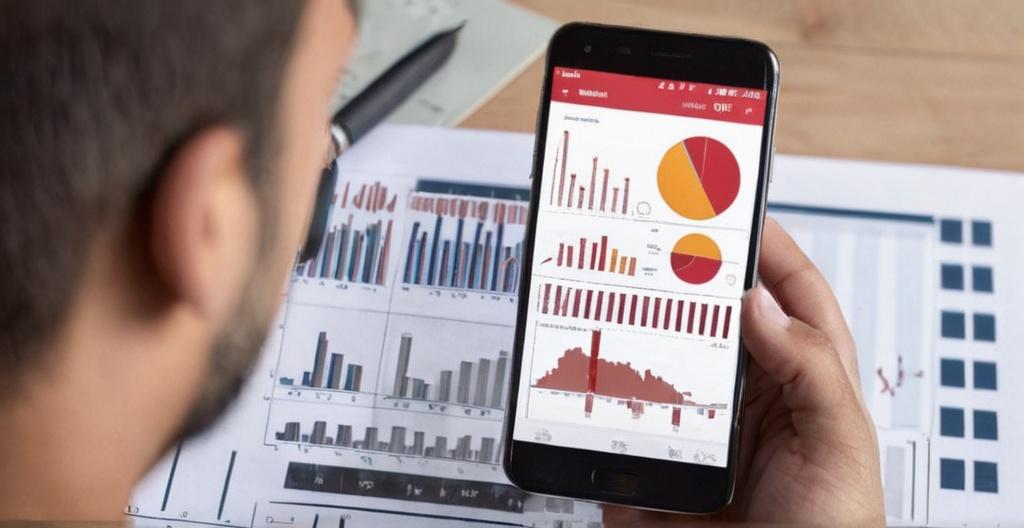Key Take Aways About Trade Surveillance
- Trade surveillance monitors trading activities to detect rule violations and protect market stability.
- It ensures a level playing field among market participants, promoting transparency and trust.
- AI and technologies like Pattern Recognition, NLP, and Big Data Analytics enhance surveillance capabilities.
- Regulatory bodies set the rules, necessitating compliance to avoid penalties.
- Surveillance systems, while costly, prevent fines and reputational damage for financial institutions.
- Challenges include data volume, false positives, and tech integration, addressed through strategy and innovation.

Introduction to Trade Surveillance
Trade surveillance, for those not in the day-to-day trenches of finance, might sound like something out of a spy movie. In reality, it’s just a fancy way of saying “keeping an eye on trading activities to ensure nothing fishy is going on.” Financial institutions employ trade surveillance to sniff out any rules breaking or naughty behavior in the markets. It’s sort of like having a bouncer at a club but for trades instead of party people.
The necessity for trade surveillance has grown as financial markets get more complex with increasingly sophisticated trading strategies. Nobody wants the Wild West days of trading back where anything goes. So, think of trade surveillance as the grown-up in the room who ensures everyone’s playing fair without any shenanigans.
Importance of Monitoring
Trade surveillance isn’t just about catching the bad guys, though that’s a big part. It’s also about protecting investors and ensuring market stability. If trades were just left unchecked, the entire system could go haywire, causing panic faster than a cat in a room full of rocking chairs.
With market participants ranging from retail investors to big institutional players, surveillance ensures that everyone is on a level playing field. It promotes transparency and trust which, let’s face it, are two things finance desperately needs more of. Monitoring is vital to maintaining order and integrity within financial markets.
Technology’s Role in Trade Surveillance
In the tech-driven universe of modern trading, the role of technology in trade surveillance can’t be overlooked. These days, algorithms and artificial intelligence have become the sidekick every regulator needs. They’re the unsung heroes working around the clock to sift through mountains of data.
AI tools help detect suspicious trading patterns, like that one friend who always seems to “accidentally” land on Boardwalk in Monopoly. These tools are quick, efficient, and can process information at lightning speeds that would make a cheetah jealous. Not only do they identify potential rule-breakers, but they also flag errors which could be costly.
Common Technologies Used
- Pattern Recognition Systems: These sniff out anomalies quicker than a bloodhound on a scent trail.
- Natural Language Processing (NLP): This tech analyzes communication for any tip-offs or foul play indicators.
- Big Data Analytics: Handling vast amounts of data like a pro, looking for anything that doesn’t quite add up.
These technologies combined give trade surveillance a big boost, allowing market watchdogs to catch problems before they spiral out of control.
Regulatory Environment
No talk about trade surveillance would be complete without a nod to the regulatory environment. Governing bodies play a huge role, setting the rules of the game. Whether it’s the SEC in the United States or ESMA in Europe, these organizations lay down the law.
Regulations evolve and change more frequently than the stock prices they oversee. It’s crucial for firms to stay in sync with regulations to avoid facing hefty penalties. It is equally important for institutions to have procedures in place to ensure compliance, because nobody wants to be the next headline for regulatory fines.
Impact on Financial Institutions
For financial institutions, trade surveillance is both a blessing and a curse. It’s a necessary part of their operations, albeit not one that’s always met with enthusiasm. On the bright side, it can shield them from regulatory scrutiny, ensuring they’re not in the hot seat. However, implementing and maintaining these systems can be costly and require ongoing attention.
But hey, better to invest in solid surveillance than risk multimillion-dollar fines or reputational damage. In simpler terms, it’s like flossing: a bit tedious but definitely worth it to avoid bigger problems down the road.
Challenges in Trade Surveillance
Now, it’s not all sunshine and rainbows—trade surveillance faces its own set of challenges. First up, the sheer volume of data. Financial markets generate data at a pace that puts even the fastest typers to shame. Analyzing this data to pick up on minute irregularities is no small feat.
Then there’s the issue of false positives—those annoying alerts that make a lot of noise but don’t actually indicate foul play. It’s like crying wolf; the real threats can sometimes get buried amidst unnecessary alarms. Balancing precision with coverage is a tightrope act.
Finally, there’s the obstacle of integrating new technologies. Financial firms can be like old dogs when it comes to learning new tricks, so the adoption of cutting-edge surveillance tools isn’t always seamless.
Overcoming These Challenges
Overcoming these hurdles isn’t impossible—just requires a bit of elbow grease and a solid strategy. Having a smart approach to data management, continually updating systems, and training teams can mitigate these issues.
Adapting to change and being open to innovation can turn surveillance from a cumbersome task to an efficient operation. More significantly, embracing collaborative approaches with regulators can ease the burden and ensure smooth operations.
Conclusion
Trade surveillance plays an essential role in the financial playground. It’s all about keeping everything above board. With the right tools, technology, and strategies, trade surveillance ensures that the financial markets remain fair and stable. Sure, there are challenges, but with the right attitude and approach, they’re ones that can be tackled.
And while it might not have the thrill of a James Bond film, trade surveillance is an indispensable part of trading. It’s keeping watch over the market’s integrity, just like that ever-vigilant bouncer at the club—only with more data and fewer velvet ropes.